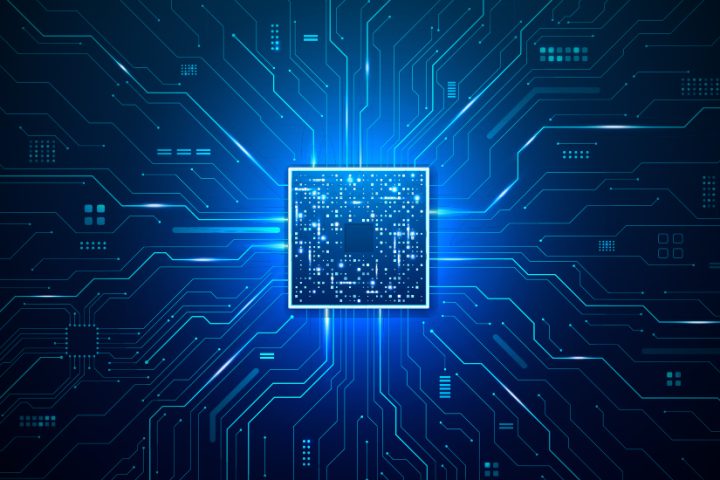Machine Learning and AI is most useful in scenarios where huge variations of data and rules exist, such massive problems cannot be programmed via traditional programming code and functions. For example you are tasked to program customer’s behaviour across geographically diversified large foot-print. These customers have continuously evolving preferences thus a traditional programmer will have to code thousands of permutations and combinations, yet they will not be able to have a mature system as these conditions would become obsolete as customers preferences will evolve.
In such problems machine learning is effective, data scientists write statistical and machine learning Algorithms like Naive Bayes, Linear Regression K Nearest Neighbour, k-means clustering using Python, R codes or other languages. These algorithms go through massive data sets, learn the rules without human intervention and will continuously update, classify or cluster the data (depending on the data set types) and will provide the predictability and patterns. As the customer preferences will evolve so the patterns and algorithm will evolve and auto correct itself.
Machine and AI Learning:
The below are few of the key machine learning types and techniques
- Supervised Learning
Supervised learning is the type of machine learning where data scientist / subject matter experts inputs to machine basic rules, data labels, classification, and regression thus with providing the target. The data is divided into training and test data. The training data has basic rules of input variables and its relationship with output variables. Machine algorithms go through the training data and start identifying patterns, relationships and start building the rules which would derive the desired output. As more data is explored the algorithm collects more rules and at same time adjusts and improves its self to enhance output quality. The machine algorithms mature as they explore more data and mature in a way that even if you change the input variables, yet machines calculate the output variables with accuracy based on learned patterns.
- Data classifications:
- Binary classification are used to classify the binary data questions in data sets and has only two outputs (1 or 0).
- Multiclass classifications are used to classify the data issues where there are multiple outcomes and classification of data, for example cars data set can be of classified as SUVs, Saloons, jeeps, trucks etc.
- Tools and Techniques:
- Decision Trees are used to classify the data elements by creating tree structure. These decision trees help to predict the outcome based on the rules learning
- K-nearest neighbor is a pattern recognition algorithm. This algorithm works by calculating the distance between data points and is used to solve classifications and regression problems.
- Naive Bayes is based on Naive assumption and assumes no relationship between input data variables.
Un-Supervised Learning
This machine algorithm works on data elements where there is no mapping or relationship between input and the output target. The machine observes data, does exploratory data analysis, discovers hidden patterns and clusters data. As machines creates the relationships without human intervention, it is common to see new clusters created by machines which never existed before in human knowledge. For example when an un-Supervised Learning algorithm is grouped to look at the data of millions of blood samples, the algorithm will study and based on the patterns can identify the blood types not known to humans before or can claim new relationships between different blood types. The amazing fact is that these new patterns are completely correct also.
- Tools and Techniques:
- K-means clustering is an unsupervised learning, for data elements which have unlabeled data (i.e., data without defined categories or groups).
- Hierarchical Clustering clusters your data points into parent and child relationships.
- Semi-Supervised Learning is a mix of supervised and un-supervised machine learning technique, first machine is provided data with defined relationship rules of output / input variables and relationships , once machine learns the patterns the un-labelled data (without classification / input and output relationship) is fed in the system to cluster the new data types
- Reinforcement Learning is branch of machine learning technique that enables machines to learn through its actions by continuously getting the feedback.
- Tools and Techniques
- Q-Learning is a reward based algorithm based on Q-table which approves it-self
- Deep Q Network (DQN) is based on Neural Network
Machine Learning Use Cases
The below are few of the machine learning use cases which have made their way to product lines of the systems and products
- Information Security
- Data loss Prevention
- Natural Language Processing (NLP)
- Robotic Process Automation
- Chat Bots
- Human Genome
- CCTV intelligence with emotions and face recognition
- Digital Marketing














